How To Make Brioche
3.0
(2)
Your folders
Your folders
Servings: 7
Author : Emma Christensen
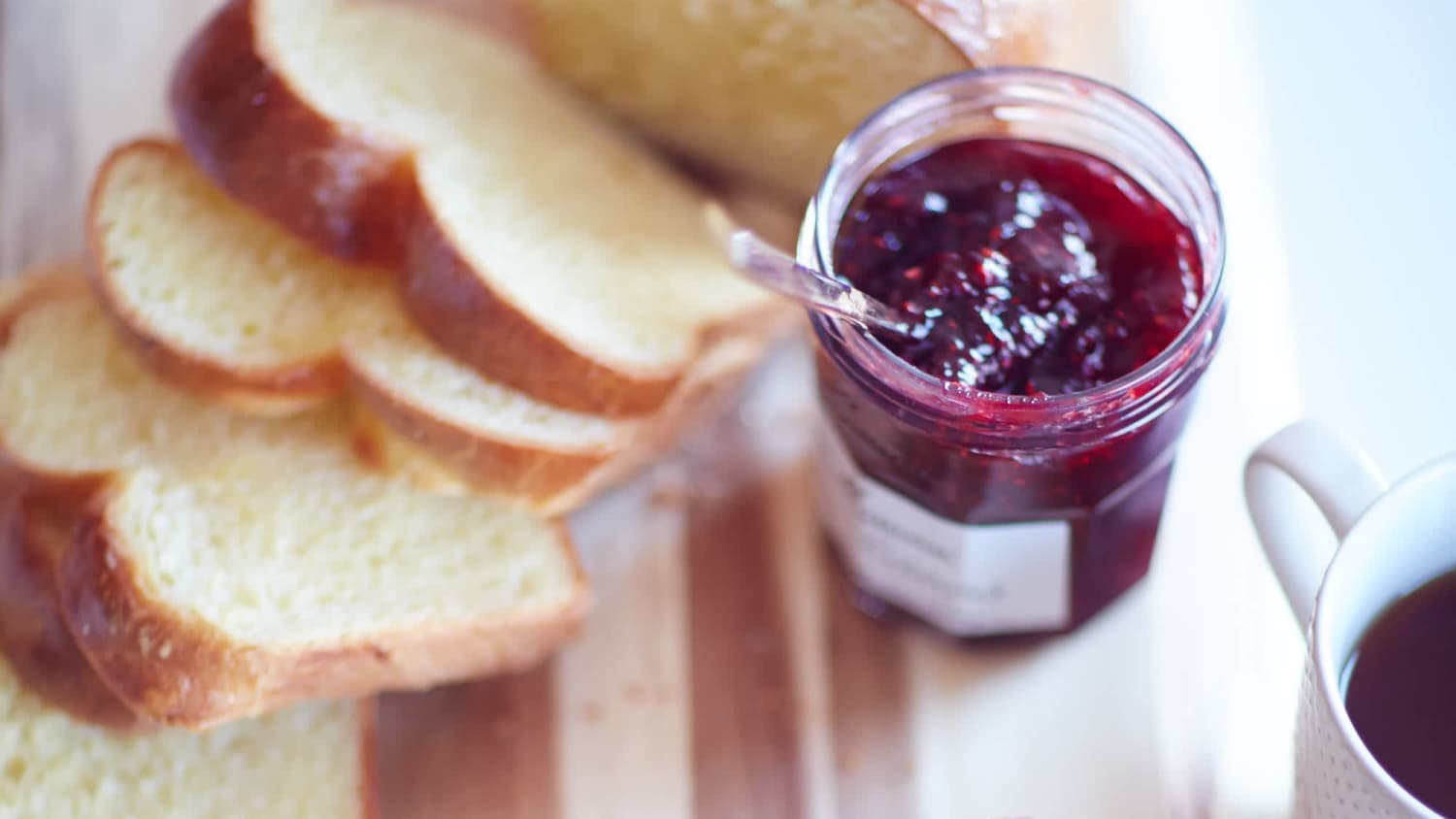
Ingredients
Export 3 ingredients for grocery delivery
Instructions
Step 1
Let the butter soften: About an hour before you plan to bake, place the butter on the counter to soften. If you're short on time, microwave the butter at half-power in 10-second bursts. The butter should be pliable and easily spreadable, but not melted.
Step 2
Prepare the brioche dough: Combine the yeast and water in the bowl of a stand mixer, and allow the yeast to dissolve for a few minutes. Add the sugar and the eggs, and stir until the eggs are broken up. Add the salt and 4 cups of the flour. Stir until you've formed a shaggy, floury dough.
Step 3
Knead the dough for about 2 minutes: With a dough hook on low speed, knead the dough for about 2 minutes, until all the flour has been absorbed and the dough comes together in a fairly smooth ball.
Step 4
Begin adding the butter: Increase the mixer speed to medium. Begin adding the butter one tablespoon at time. Wait until one lump is mostly mixed in before adding the next. Stop and scrape down the sides of the mixer as needed until all the butter is added.
Step 5
Beat the dough for 5 minutes: Once all the butter is added, continue to beat the dough for about 5 minutes, until all the butter is completely absorbed. When finished, the dough should look glossy and supple, and it should jiggle slightly when you shake the bowl, like firmly set custard.
Step 6
Cover and let rise for 1 to 1 1/2 hours, until doubled in bulk: The dough can rise in the bowl in which it was mixed. Cover loosely and place the bowl somewhere warm until roughly doubled in bulk.
Step 7
Refrigerate the dough overnight: This dough is much easier to work with once it has chilled, and the flavor improves with a cool overnight rest. Once it has doubled in bulk, cover the bowl with plastic wrap and place it in the fridge. Let the dough rest overnight, or for up to 2 days. It might rise a little more in the fridge; if it looks like it will spill out of the bowl, lift the edges to degas it slightly, but don't punch it down.
Step 8
Prepare the loaves: Grease two loaf tins. Turn the dough out onto a lightly floured counter and pat into a rectangle; the dough will be quite stiff and easy to shape. Divide the rectangle into 12 equal pieces, then roll each piece into a ball. Tuck 6 balls of dough into each loaf tin, staggering them slightly so you create a braided look. (Alternatively, you can divide the dough in half and shape each half into a standard sandwich loaf.)
Step 9
Let the brioche rise 1 1/2 to 2 hours: Cover the brioche loosely and place somewhere warm. Let them rise until they're doubled in bulk, look puffy and pillow-like, and are just starting to peek over the top of the pan — 1 1/2 to 2 hours. (If in doubt, it's better to under-proof rather than over-proof these brioche loaves, so bake them as soon as you start wondering if they're ready.)
Step 10
Preheat the oven to 350°F. Begin preheating the oven when the brioche has risen to just under the tops of the pans, about 30 minutes before you estimate they're ready to bake. Place a rack in the middle position.
Step 11
Brush the brioche with glaze: Whisk together the yolk and water for the glaze. Brush it evenly over the tops of the brioche. Try not to leave any drips in the corners of the pan or under the loaves.
Step 12
Bake the brioche 30 to 40 minutes: When done, the loaves will look puffed, glossy, and golden-brown on top, and register 190°F internally. If the loaves puff up a lot in the oven, brush a second time with egg wash so the tops are evenly glossy.
Step 13
Cool the brioche: Cool the brioche for about 5 minutes in their tins, then gently ease them out and transfer them to a wire rack to finish cooling completely.
Top similar recipes
Curated for youYour folders
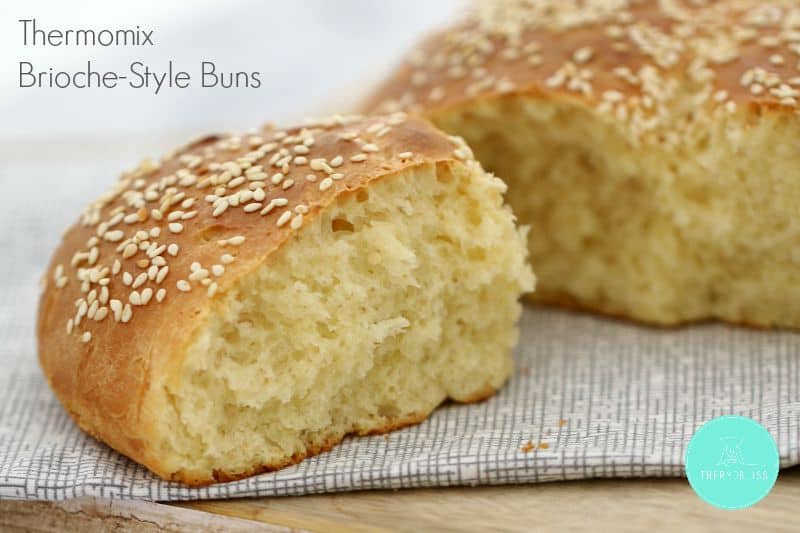
 203 views
203 viewsHow to Make Brioche Buns in the The...
thermobliss.com
20 minutes
Your folders
 389 views
389 viewsHow To Make Brioche in a Bread Mach...
saladinajar.com
Your folders

 310 views
310 viewsHow to make buttermilkHow to make b...
thekitchenmagpie.com
Your folders

 268 views
268 viewsHow to Make GlueHow to Make Glue
onecrazymom.com
Your folders
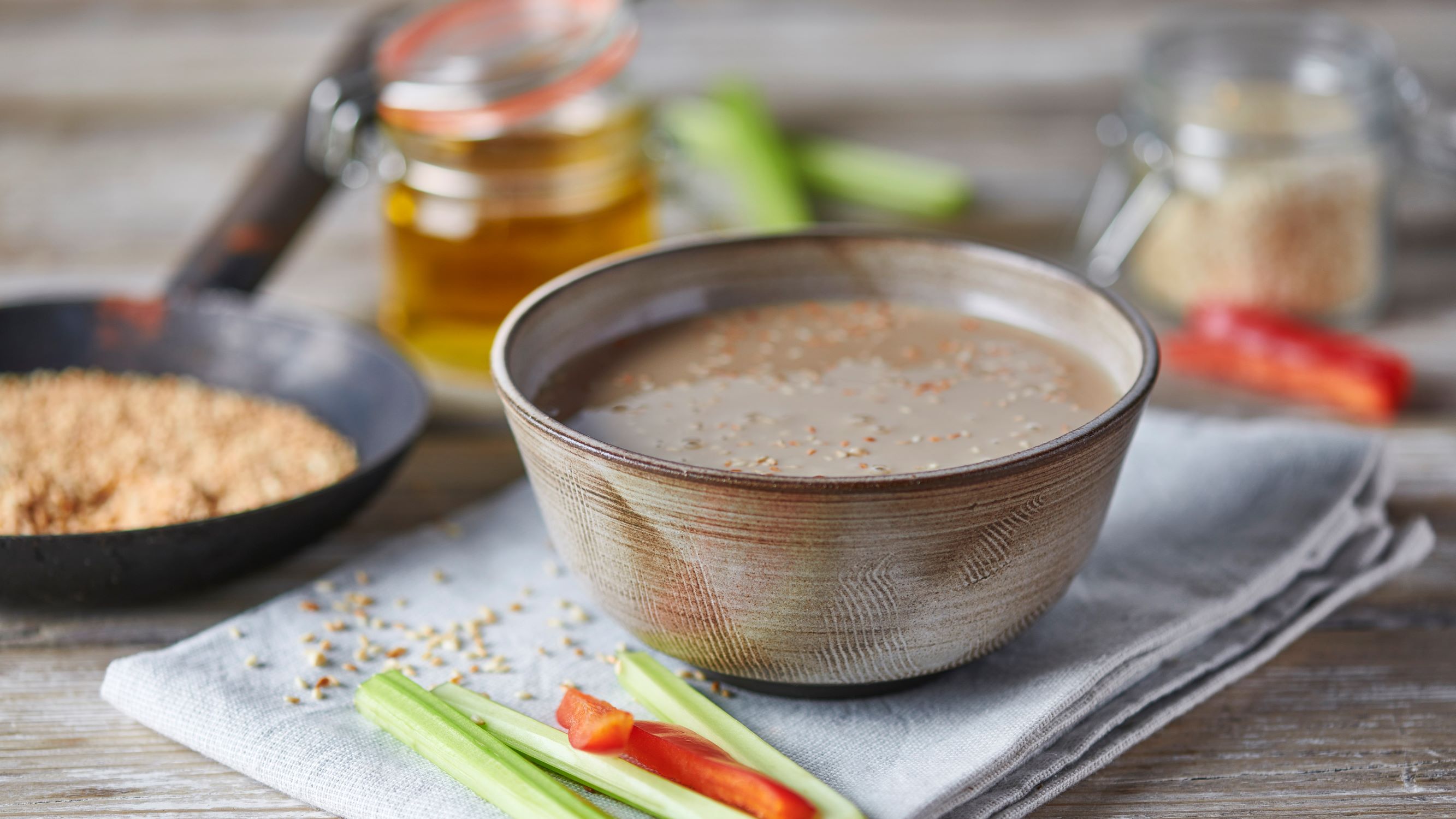
 338 views
338 viewsHow to make tahini
bbc.co.uk
10 minutes
Your folders

 432 views
432 viewsHow to Make Buttermilk
cookieandkate.com
4.7
(6)
Your folders

 402 views
402 viewsHow to make bouillabaisse
gourmettraveller.com.au
1 hours, 30 minutes
Your folders
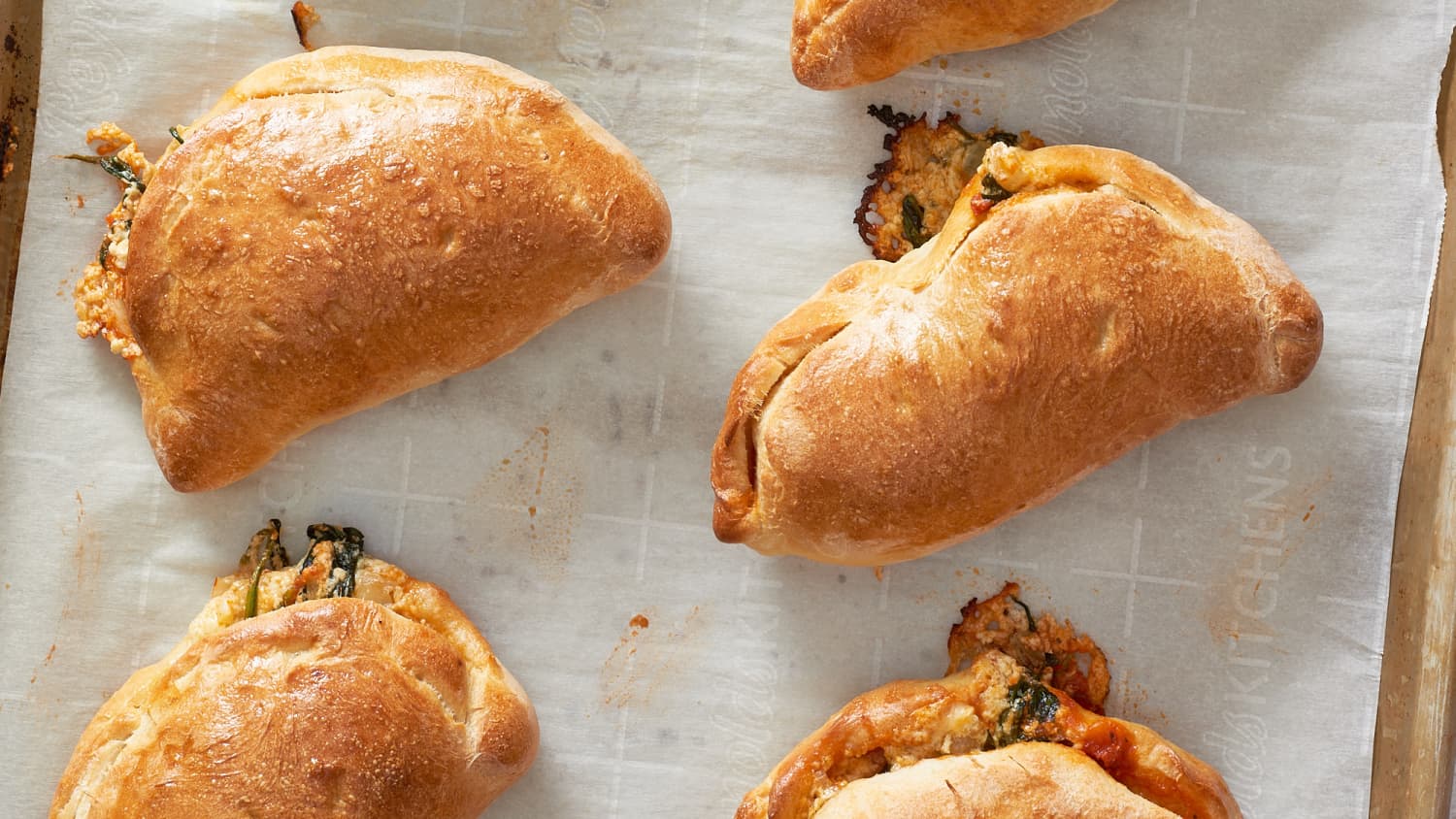
 364 views
364 viewsHow To Make Calzones
thekitchn.com
4.0
(3)
Your folders

 341 views
341 viewsHow to Make Nougat
wikihow.com
96.0
(14)
Your folders

 366 views
366 viewsHow to Make Falafel
themediterraneandish.com
4.8
(245)
20 minutes
Your folders
/20211014-Youtiao-Tim-Chin_hero_2-f6f4c1f5412b46b48523d6488fa5663b.jpg)
 286 views
286 viewsHow to Make Youtiao
seriouseats.com
Your folders

 471 views
471 viewsHow to Make Buttermilk
cookieandkate.com
4.7
(7)
Your folders
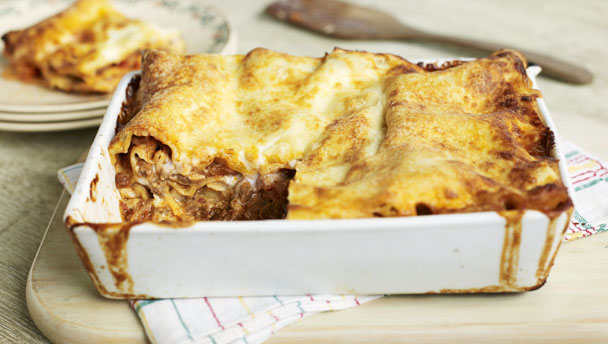
 394 views
394 viewsHow to make lasagne
bbc.co.uk
4.6
(40)
2 hours
Your folders

 294 views
294 viewsHow to Make Gravy
wikihow.com
100.0
(1)
Your folders

 299 views
299 viewsHow to Make Stromboli
gatherforbread.com
5.0
(2)
20 minutes
Your folders
 88 views
88 viewsHow to Make Stromboli
gatherforbread.com
Your folders

 1438 views
1438 viewsHow to Make Falafel
themediterraneandish.com
20 minutes
Your folders

 715 views
715 viewsHow to Make Onigiri
wikihow.com
96.0
(5)
Your folders

 711 views
711 viewsHow to Make Croutons
simplyrecipes.com
5.0
(19)
10 minutes